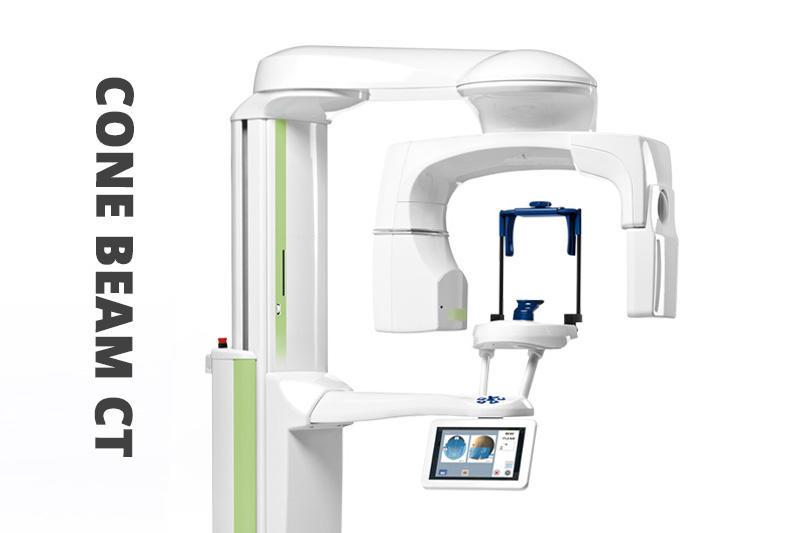Solea Laser
The Solea® Laser helps take the drill, needle, noise and pain out of dental visits.
- Reliably free of the needle and the sound of the drill*
- Quick, easy, and often done in a single visit
- Able to get you back to your day in minutes

The Solea® Laser helps take the drill, needle, noise and pain out of dental visits.

Chairside Economical Restorations of Esthetic Ceramic (CEREC®) has revolutionized dental procedures. Traditionally, if crowns, onlays, inlays or dental veneers were required to restore damaged teeth, multiple procedures and a great deal of waiting time in-between would be inevitable. CEREC® creates these ceramic restorations within minutes in the dental office. This means that many treatments can be completed in just a single visit.
The VELscope® uses Fluorescence Visualization (FV) in an exciting new way. Essentially, bright blue light is shone into the mouth to expose changes and lesions that would otherwise be invisible to the naked eye. One of the biggest difficulties in diagnosing oral cancer is that its symptoms look similar to symptoms of less serious problems. The VELscope® System affords the dentist important insight as to what is happening beneath the surface.
The Intra-Oral scanner allows us to take impressions without the messy impression material that may cause nausea or gagging. It can help us diagnose misaligned teeth and get treatments started much faster. Our scanner can also help us plan and build beautiful smiles to meet your treatment goals.
i-CAT® scans can be completed in less than half a minute. This means that far less radiation enters the body than if a regular set of bitewing X-rays were taken. The main use for i-CAT® scans is as an aid to plan dental implant treatment and other oral surgery.
Dental implants are the most sophisticated replacement for missing teeth, but have historically proven to be time-consuming to place. i-CAT® scans vastly reduce the time it takes to place implants. It is thought that in the near future implants will be placed in a single visit because of this unique type of imaging.
Digital x-rays use a digital image capture device in place of traditional film, sending an image immediately to a computer. The result is a highly-detailed image of the mouth, and its contrast and resolution can be enhanced to more easily diagnose dental problems and determine the best treatment with less radiation.
